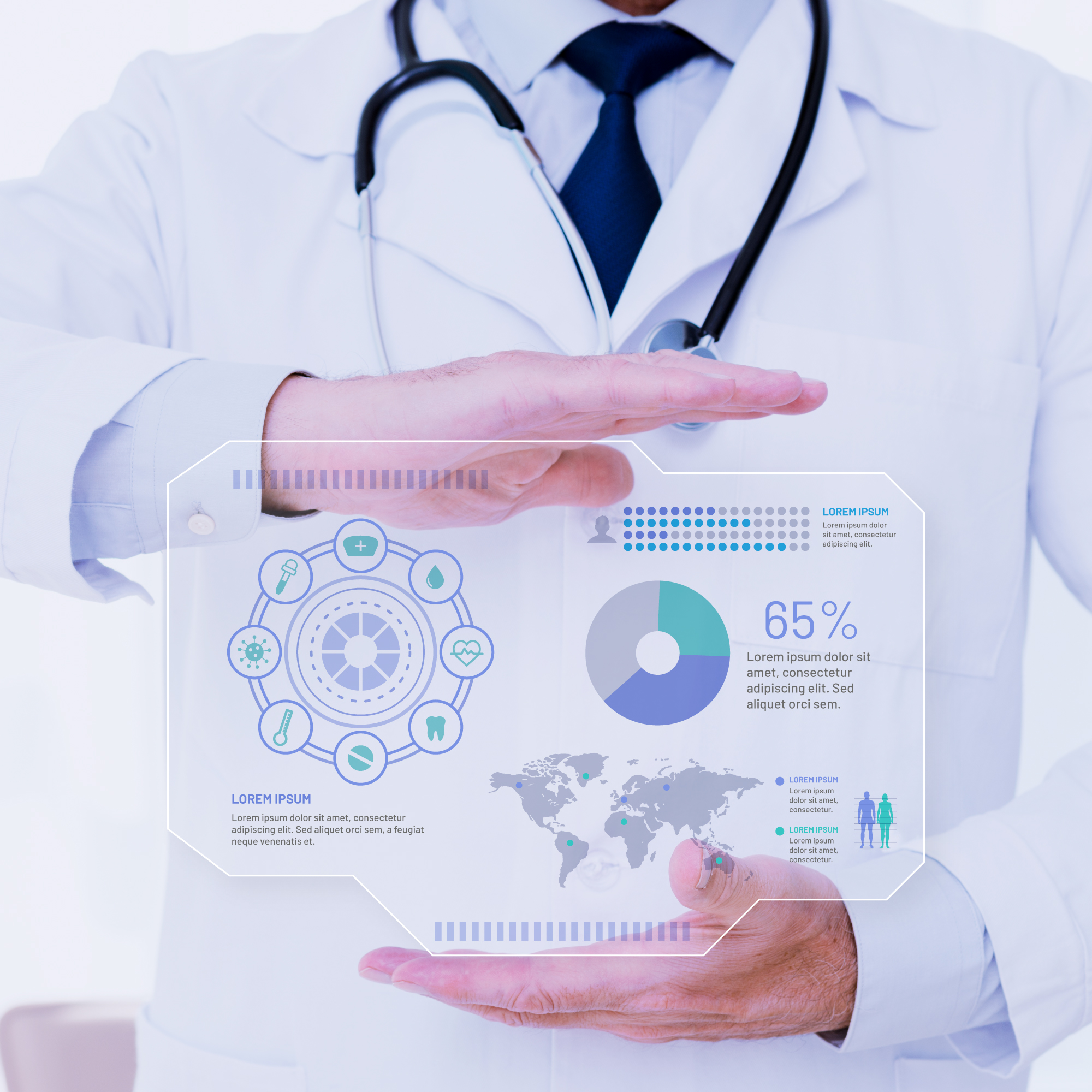
Wearable Tech and Wellness
Wearable technology is at the vanguard of the personal health revolution now that our every move, heartbeat, and breath can be tracked. Wearable technology has become an integral part of our daily lives, allowing us to monitor our health in real time and gain access to data that was previously only available in hospital settings. Why is this happening, and how does it affect our health?
A Short Overview of Wearable Technology
Although modern wearables have innovative technologies, they have actually been around for much longer. The development of the abacus ring can be traced back to the 17th century. The calculator watch is one example of a 20th-century innovation. However, the 21st century saw the first widespread use of wearable technologies like fitness trackers, smartwatches, and other types of specialized health monitoring.
Wearable technology's positive effects on health and wellness
Problems and Issues
While there are many positives, there are also some potential downsides: Concerns have been raised about the storage location, accessibility, and security of this data, as is the case with any digital health records. Truth: it's not the case that all wrist devices are equivalent. Cheaper gadgets' accuracy is often questionable. There is a danger that people will become too reliant on their wearables, to the point that they stop paying attention to their own bodies and their own signals, or even become obsessed with the data they collect.
Wearable Technology's Bright Future
New developments hold great promise for the future: Clinical-grade Equipment: Some consumer wearables can already provide electrocardiograms or detect falls, closing the gap between the two categories. Wearable technology may play a significant part in the development of telemedicine by providing physicians with real-time data during consultations conducted from a distance.
Conclusion
The capacity of wearable technology to deliver instantaneous insights into our health is revolutionizing the way we think about and practice health and wellbeing. These gadgets are now an integral part of our lives, but as technology develops they will become even more so, serving not just as helpful aids but as indispensable companions on our own health paths.
- Wearables may monitor your vitals like heart rate, temperature, and oxygen levels in real time. By keeping a close eye, anomalies can be caught in time for treatment.
- Wearables can be used to keep track of your fitness progress, from the number of steps you take each day to the intensity of your activities.
- Insights into Sleep: Many of these gadgets are able to monitor a user's sleep patterns and provide useful information about their night's rest.
- Support for mental health Some wearables have stress monitoring, guided meditation, and relaxation prompts.
- Wearables can act as reliable reminders for people who rely on them to take their medications as prescribed.

